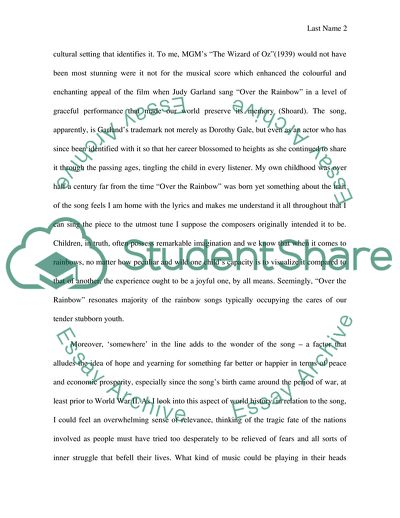Cite this document
(Thinking about a Few Particular Songs which were Hits and Continued to be Popular Essay Example | Topics and Well Written Essays - 1250 words, n.d.)
Thinking about a Few Particular Songs which were Hits and Continued to be Popular Essay Example | Topics and Well Written Essays - 1250 words. https://studentshare.org/music/1843500-lyrics-popular-song
Thinking about a Few Particular Songs which were Hits and Continued to be Popular Essay Example | Topics and Well Written Essays - 1250 words. https://studentshare.org/music/1843500-lyrics-popular-song
(Thinking about a Few Particular Songs Which Were Hits and Continued to Be Popular Essay Example | Topics and Well Written Essays - 1250 Words)
Thinking about a Few Particular Songs Which Were Hits and Continued to Be Popular Essay Example | Topics and Well Written Essays - 1250 Words. https://studentshare.org/music/1843500-lyrics-popular-song.
Thinking about a Few Particular Songs Which Were Hits and Continued to Be Popular Essay Example | Topics and Well Written Essays - 1250 Words. https://studentshare.org/music/1843500-lyrics-popular-song.
“Thinking about a Few Particular Songs Which Were Hits and Continued to Be Popular Essay Example | Topics and Well Written Essays - 1250 Words”. https://studentshare.org/music/1843500-lyrics-popular-song.


